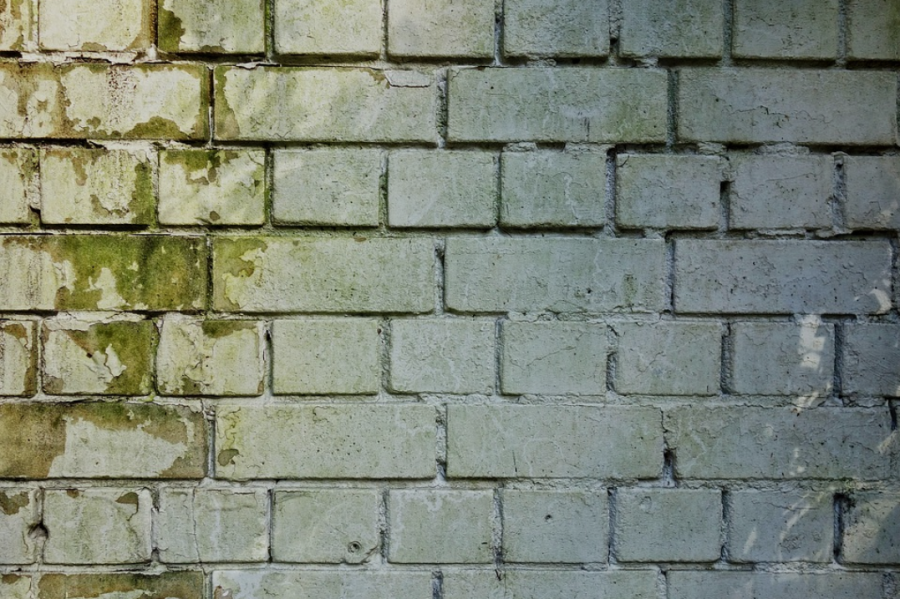Mold in the home is more prevalent than most homeowners would want to acknowledge. Although many molds aren’t a major source of worry, none can be overlooked. Long-term mold exposure can result in a variety of health problems. Though healthy individuals do not have any symptoms, it is better to handle mold growth as soon as you see a problem in order to reduce exposure and secure your health. Let us look at some common types of mold you may have in your home and how to handle them.

Acremonium
Because of its foul odor, acremonium is rarely overlooked by homeowners. This mold has the potential to cause diarrhea, nausea, and vomiting. It has the potential to the immune system, organs, and the bone marrow, as well as impairs mental ability. This organism is a recognized carcinogen. They typically grow in HVAC systems on drain pans, windowsills, and cooling coils. Acremonium can be attracted to damp walls as well, particularly in damp basement environments. As soon as you notice a problem, seek professional mold removal.
Aspergillus
This is another common household mold. It can occur in any damp setting, but it is most common in air conditioners. Aspergillus is linked to a variety of respiratory issues, as well as ear and eye infections. Aspergillus inhalation is characterized by frequent asthma attacks, a severe fever, and bloody coughing. This fast-growing mold will reach maturity in just three days. It starts out white and gradually darkens to various shades of black, brown, yellow, or green. Expert consultation will assist you in determining the full magnitude of the aspergillus growth in your household. If you see any considerable growth, you should call a mold removal specialist.
Stachybotrys
This type of mold is also referred to as black mold. This mold is one of the most allergenic molds. Symptoms of this kind of black mold include chest tightness, coughing, fever, headache, nose bleeds, exhaustion, and inflamed mucous membranes. Stachybotrys can be found in cardboard, wood, and paper. It’s a slow-growing mold, but it spreads quickly.
A solution of 1 cup bleach in 1 gallon of water should be used to extract black mold from non-porous surfaces effectively. Cleaning porous materials, such as carpet or drywall, is more complicated. These components will have to be discarded all together. To avoid mold regrowth, materials must be totally dry after mold removal. Consider hiring an expert if you have a mold infestation that is 10 square feet or larger.
If you think that you have a mold problem in your house, call Servpro of Beaufort County as early as possible to arrange competent mold remediation services.